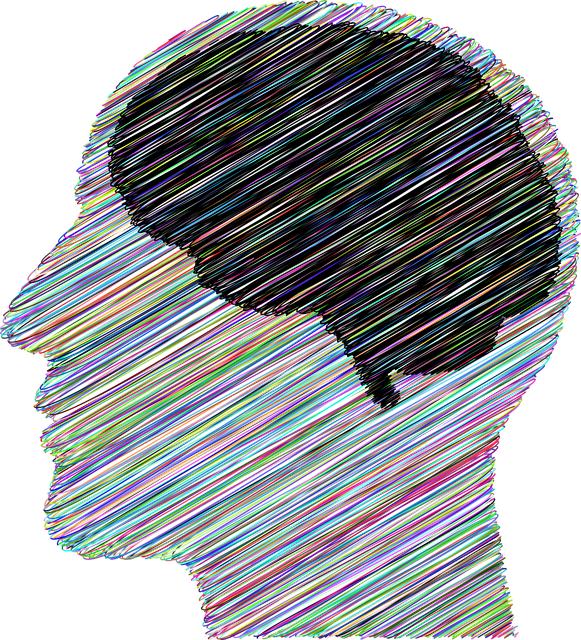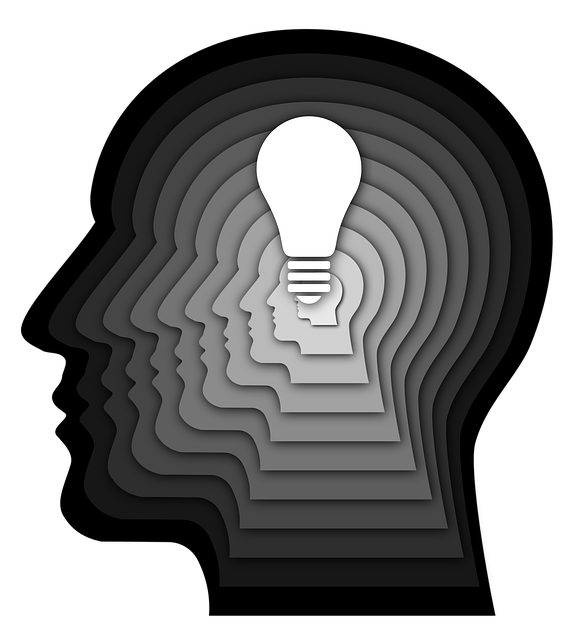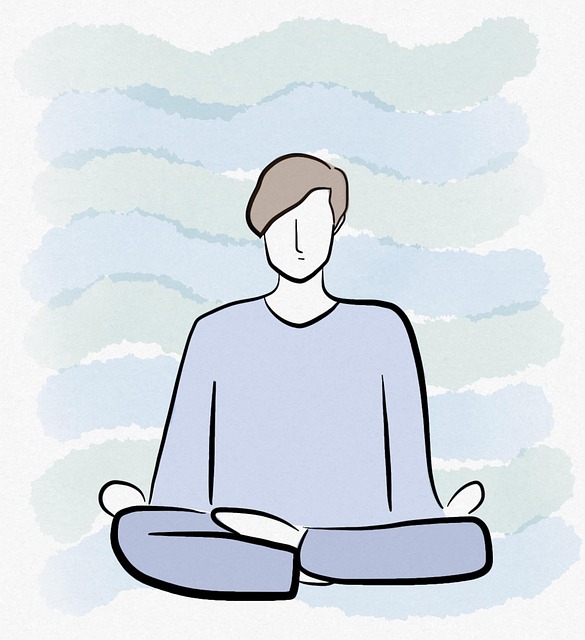Psychoanalysis and psychodynamic therapy are groundbreaking mental health psychotherapy methods that delve into the unconscious mind. Developed by Sigmund Freud, these approaches explore early life experiences, repressed memories, and unresolved conflicts to uncover hidden motivations influencing behavior and emotions. Techniques like free association, dream analysis, and transference aid patients in self-discovery and trauma resolution, fostering personal growth and improving coping strategies. While intensive and time-consuming, this holistic approach offers profound, lasting changes, especially for those with complex mental health issues. Innovations in digital platforms and neuroscience are enhancing the accessibility and effectiveness of these therapies, providing long-term benefits for individuals seeking mental health support.
Psychoanalysis and psychodynamic therapy are powerful approaches within the realm of mental health psychotherapy, delving into the intricate dynamics of the mind. This article explores these therapeutic methods in depth, from uncovering the unconscious mind through psychoanalysis to understanding key concepts like transference and countertransference. We’ll examine techniques, benefits, limitations, and how these therapies differentiate from other mental health treatment modalities, offering a comprehensive guide for both professionals and those seeking effective healing paths.
Understanding Psychoanalysis: Uncovering the Unconscious Mind

Psychoanalysis, a pioneering approach in mental health psychotherapy, delves deep into the unconscious mind, aiming to uncover and understand the hidden motivations, desires, and conflicts that shape our behaviors and emotions. This therapy, developed by Sigmund Freud, is considered a game-changer in the field of psychology. It emphasizes that much of our psychological distress arises from repressed or unresolved conflicts within the unconscious.
Through various techniques like free association, dream analysis, and transference, psychoanalysts help patients gain insights into their inner world. By exploring these hidden aspects, individuals can achieve self-awareness, resolve past traumas, and better understand the root causes of their mental health issues. This process facilitates personal growth, promotes healthier coping mechanisms, and empowers individuals to make significant positive changes in their lives.
Key Concepts in Psychodynamic Therapy: A Deep Dive

Psychodynamic therapy is a form of psychotherapy that focuses on the role of unconscious thoughts, emotions, and past experiences in shaping current behaviors and mental health issues. At its core, this therapeutic approach believes that our early life experiences and interpersonal relationships significantly influence our psyche. The concept of defense mechanisms, where the mind creates strategies to protect itself from unpleasant thoughts or feelings, is a key aspect explored in psychodynamic therapy.
Through careful exploration of dreams, free association, and transferring emotions, therapists aim to help clients gain insights into their underlying conflicts and unconscious motivations. By understanding these deep-seated issues, individuals can develop healthier coping mechanisms and improve their overall mental well-being. This therapeutic method encourages self-reflection, fostering a deeper connection with one’s inner self and the intricate dynamics of the mind.
The Role of Transference and Countertransference

In psychoanalysis and psychodynamic therapy, transference and countertransference are crucial dynamics that significantly shape the therapeutic process and outcomes in mental health psychotherapy. Transference occurs when a patient unconsciously projects feelings, thoughts, and expectations from past relationships onto the therapist, often revealing underlying emotional patterns and conflicts. This phenomenon allows therapists to gain deep insights into their clients’ psyches and identify key issues that may be hindering their current well-being.
Countertransference, on the other hand, refers to the therapist’s emotional responses to the patient, which can also offer valuable information. Therapists might find themselves feeling triggered by certain behaviors or statements from their clients, leading them to reflect on their own emotional histories and biases. By understanding and managing these countertransferential feelings, therapists can maintain professional boundaries while creating a safe space for patients to explore their mental health issues more openly and effectively.
Techniques and Approaches in Psychodynamic Practice

In psychodynamic practice, therapists employ a range of techniques designed to help clients explore and understand their unconscious thoughts, feelings, and motivations. One key approach is free association, where individuals are encouraged to express whatever comes to mind, without judgment or censorship. This technique allows for the revelation of repressed memories, conflicts, or desires that might otherwise remain hidden. Another important method is dream analysis, which involves interpreting dreams as a window into the subconscious mind, offering insights into clients’ inner lives and helping them resolve psychological issues.
Additionally, psychodynamic therapy often includes exploring relationships—past and present—to uncover recurring patterns. By analyzing these dynamics, therapists assist clients in identifying and modifying maladaptive behaviors and beliefs. This process aims to bring unconscious processes into consciousness, fostering self-awareness and personal growth. The ultimate goal is to help individuals achieve a deeper understanding of themselves, leading to improved mental health and well-being.
Benefits and Limitations: When is this Therapy Approach Effective?

Psychoanalysis and psychodynamic therapy offer a unique approach to understanding and treating mental health issues, with several notable benefits. One of its strengths lies in delving into unconscious thoughts and emotions, which can provide profound insights into a person’s behavior and past experiences. This process helps individuals gain self-awareness, identify repressed memories or conflicts, and work through them. As a result, it empowers people to make sense of their current struggles and develop healthier coping mechanisms.
However, this therapy approach also has limitations. It may not be the most suitable for everyone as it requires significant time investment and can be quite intensive. Some individuals might find the exploration of traumatic or distressing memories challenging. Additionally, while psychoanalysis is effective for exploring deep-seated issues, it may not always offer quick solutions, which can be a consideration for those seeking more immediate relief. Thus, its effectiveness depends on the individual’s willingness to engage in the process and their ability to tolerate emotional intensity during therapy sessions.
Psychoanalysis vs. Other Therapy Modalities

In the realm of mental health psychotherapy, psychoanalysis stands apart as a pioneering approach, offering unique insights into the human mind and its complexities. Unlike other therapy modalities that often focus on more immediate symptom relief, psychoanalysis delves deep into the patient’s past, particularly early childhood experiences, to uncover unconscious conflicts and repressed memories. This intensive exploration aims to bring these hidden aspects into awareness, thereby facilitating significant, long-lasting change.
While cognitive behavioral therapy (CBT) and other contemporary approaches have their merits in addressing specific symptoms and promoting coping strategies, psychoanalysis takes a more holistic view. It considers the patient’s relationships, defenses, and internal conflicts as interconnected elements shaping their current mental state. This comprehensive approach challenges patients to confront and resolve deep-seated issues, fostering personal growth and improved well-being.
Future Prospects: Evolving Psychodynamic Therapies for Mental Health

The future of psychodynamic therapies looks promising, with researchers and practitioners constantly exploring new avenues to enhance their effectiveness in mental health psychotherapy. One area of focus is integrating modern technology into traditional psychodynamic approaches, such as using digital platforms for remote sessions, which can increase accessibility and convenience for patients. Additionally, the incorporation of mindfulness techniques has shown potential in improving therapeutic outcomes, allowing individuals to develop a greater sense of self-awareness and present-moment awareness during sessions.
Another exciting prospect is the development of tailored psychodynamic interventions, leveraging advancements in neuroscience to create personalized treatment plans. By understanding individual brain structures and functions, therapists can adapt their techniques to better suit each patient’s unique needs, thereby improving mental health outcomes. Furthermore, ongoing research into the long-term benefits of psychodynamic therapy suggests that these therapeutic approaches could offer sustained relief from mental health issues, providing lasting solutions for individuals seeking support.
